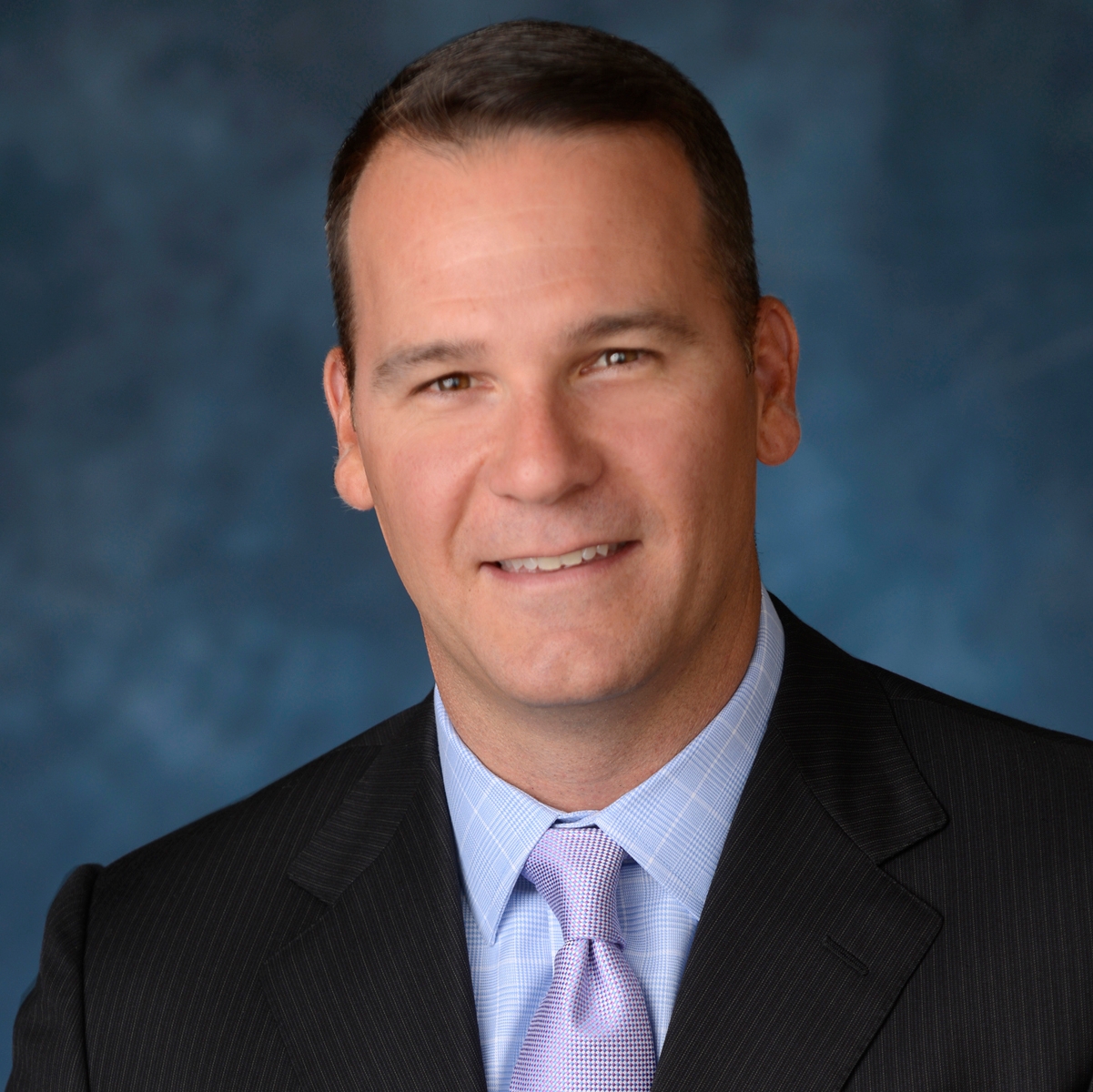After two years of operating during the pandemic, hospital organizations such as LifePoint Health continue to face financial challenges.

Labor and supply costs increased by 14% and 13%, respectively, between 2020 and 2021, and Kaufman Hall projects hospitals’ losses for 2021 could amount to $53 billion under an optimistic scenario to as much as $122 billion under a pessimistic scenario. This kind of economic uncertainty has been a good reminder of why a high-performing, solid revenue cycle is an essential operational component for any successful healthcare organization. It directly correlates to the financial performance of the business and ultimately impacts how an organization can contain costs, grow revenue and deliver higher patient satisfaction.
LifePoint Health’s experience
With that thought in mind, investor-owned LifePoint Health evaluated its own revenue cycle in the midst of the pandemic. The organization was in a good position both operationally and financially. However, like many other health systems that have grown through acquisitions over the years, it had a block of hospitals not being supported in a centralized fashion. About one-third of LifePoint’s facilities were still completing daily patient access and revenue cycle work such as coding, CDI, and billing and collections independently. Each facility had its own methods for supporting and staffing the front, middle and back of the revenue cycle — from scheduling and patient registration, financial counseling and eligibility through clinical documentation, coding, billing and collections.
LifePoint Health at a glance

The diversifed healthcare delivery network spans 29 states.
- Headquarters: Brentwood, Tennessee
- Community hospital campuses: 65
- Additional sites of care (including rehab units, outpatient centers and post-acute care facilities): 170+
- Employees: 50,000+
- Employed providers: 3,000
Source: LifePoint Health
While these hospitals were driving solid financial performance, they were essentially acting as standalone facilities. Without consistent and standardized revenue cycle processes across the board, the organization knew inefficiencies were at play and, therefore, opportunities to improve the system’s operating model and financial performance must be addressed.
LifePoint’s experience certainly wasn’t unique. Like many of its peers, the organization desired a more strategic, enterprise approach that would help it better understand and support its hospitals’ ability to achieve cost efficiencies and augment performance while simultaneously improving patients’ financial experiences. The question became, “What’s the best path forward for reaching those goals?”
Evaluating options
As they set out to reconsider their approach, LifePoint’s leaders emphasized the need to conduct the appropriate due diligence and remain open to different alternatives.
Options included expanding LifePoint’s centralized billing office (CBO), further investing in a pre-existing vendor partnership or forging an entirely new partnership. Lacking any clear preference, LifePoint’s executive team decided to dig into the organization’s operations to see where opportunities existed and evaluate how various marketplace solutions could impact its business.
Responsibility for guiding this effort was assigned to a team of senior financial and operational leaders, including the enterprise CFO, hospital operations CFOs, and revenue cycle operators and leadership. It’s crucial to point out that the revenue cycle really isn’t a financial function — it’s a core hospital operations function that has financial impact, making it necessary to engage a variety of leadership perspectives.
Third-party assistance
The financial/operational team engaged a third-party consultant to help facilitate a structured process for deliberating and selecting the best path for LifePoint. The team concluded that generating the best possible result required not only their direct involvement but also input from an impartial, external adviser who could facilitate the best course of action.
It was also important to conduct an internal financial analysis to see what it would take to scale the CBO and standardize operations across the entire business. Based on LifePoint’s data, the team calculated the one-time costs to build out such an internal capability and incorporated ongoing operational expenses the organization inevitably would incur. This analysis provided an accurate forecast of the potential financial impact of operating in-house.
With that strong foundation and internal financial consideration in place, the team felt confident and equipped to start engaging with potential vendor partners. During these discussions, the team was transparent and stressed that the goal was not to fix a broken revenue cycle. Rather, it was to see how the vendors could help elevate LifePoint from good to great.
Each vendor was supplied with the same data that had been used for the internal financial analysis and was then asked the following three questions aimed at determining how exactly they could help LifePoint succeed:
- What financial impact will you make on cost to collect and LifePoint’s P&L?
- How fast could you carry out a deployment?
- What level of disruption will it cause?
The team paid attention to how the vendors presented, what their solutions were and whether their math looked reasonable — or like an overpromise. Did they promise to deliver value by focusing on costs, on P&L improvements, or on both?
From these presentations, the team gained an understanding of where each vendor felt confident, what they were willing to commit to in terms of partnership and how well their culture meshed with LifePoint’s culture. Because LifePoint mostly runs non-urban hospitals, its primary concerns differ from those of urban systems, so it was important for any partner to recognize its unique culture, business and vision.
Benefits of observation
After these discussions, site visits became another critical part of the decision-making process. Stepping into vendors’ partner facilities provided the team with clear, tangible examples of areas where LifePoint could potentially transform its revenue cycle. The team saw firsthand how investments in technology to automate key aspects of the revenue cycle could improve the experience for both hospitals and their patients.
On researching LifePoint’s options, the team gained a deeper appreciation for the level of personnel and technology investment necessary to transform revenue cycle operations, short term and long term. It became very clear that LifePoint could not achieve the consistent consumer-driven changes, at the same scale and with the same focus across its hospitals, without making a huge investment in talent and expertise. It also became clear that deep-rooted, end-to-end specialization would be needed.
Thus, the team ultimately decided to engage an end-to-end revenue cycle partner — one that could be fully immersed in the operational and technical sides of this work — to help LifePoint develop a strategy to generate cost efficiencies and improve its income statement as well as balance sheet metrics. The team determined that such a partnership choice would enable LifePoint to achieve its goals faster, more efficiently and with less execution risk than it could on its own.
Prioritizing speed to value
Throughout LifePoint’s revenue cycle journey, speed to value — not just speed to implementation — has remained a pivotal concern. Modifying large portions of the revenue cycle always poses some level of risk to operations and cash flow. However, LifePoint has been able to minimize disruptions and mitigate that risk by setting agreed-upon KPIs, as well as the time frames within which its revenue cycle partner must produce guaranteed cost reductions.
Equally important is the uniform visibility LifePoint has gained over its entire revenue cycle. The KPIs it continually evaluates include:
- Cost to collect
- Accounts receivable (AR) days
- Cash collected
- Denial rates and write offs
These metrics have a large impact on the bottom line and how LifePoint judges success of the revenue cycle. As these metrics continue to move in the right direction, they will ultimately translate into long-term results, such as accelerated cash flow, decreased costs and improvements with P&L statements and overall balance sheet.
Strong internal oversight
LifePoint continues to maintain a team of leaders and operators who have deep revenue cycle expertise and talent. Indeed, the organization regards such a team as being essential for successfully achieving speed-to-value.
Too often, healthcare organizations abdicate revenue cycle responsibility to an outsourced partner rather than retain a collaborative internal team. When problems arise — as they inevitably will — there will still be a need for individuals with the intimate knowledge of a health system’s needs and overall operations. Ultimately, it is still the system’s balance sheet, P&L and revenue, so leadership needs to stay involved. LifePoint’s core group of revenue cycle experts has continued to play a crucial role in ensuring the partner is fulfilling its duties.
For LifePoint, this undertaking has been an extensive learning process. Yet from the experience, leaders have come away with confidence that they made the right decision to alter how the organization approached its revenue cycle.
Takeaways for other health systems
The message for other health systems? Keep an open mind. Consider hiring experts responsible for finding revenue opportunities and providing the operational scale necessary to continue growing. They can provide needed objectivity about what is required for revenue cycle success, banish any preconceived notions, conduct the appropriate research and seek out what’s truly best for the organization.
Gaining efficiencies using RCM technology
While LifePoint Health is still early in its revenue cycle technology deployment, today the provider is maintaining an involved, heterogeneous tech environment.
Creating this environment required first mapping out how each revenue cycle activity is connected holistically and then integrating the technology platform with the organization’s legacy solutions. This approach allowed the organization to layer technology in a way that preserves core operational workflows already in place while hardwiring best practices into those existing workflows to drive better overall agility and veracity. This technology-enabled approach has made it possible for LifePoint to remove barriers and waste, creating capacity and eliminating common sources of patient frustration with the revenue cycle.
It is no great secret that healthcare is not as consumer friendly as many other industries. Too often, we create unnecessary friction by not offering patients the same kind of digital entry points they have grown accustomed to in other aspects of their lives. Thus, another key aspect of creating a high-performing revenue cycle is determining how best to pursue consumer conveniences that can positively impact revenue cycle key performance indicators (KPIs), such as self-service scheduling and online/mobile payments.
While it’s relatively easy to establish which KPIs are most important, determining the right processes to drive these KPIs can be difficult. By understanding where the pain points lie and how to avoid them, essential revenue cycle functions can be completed accurately without time-consuming manual work.





